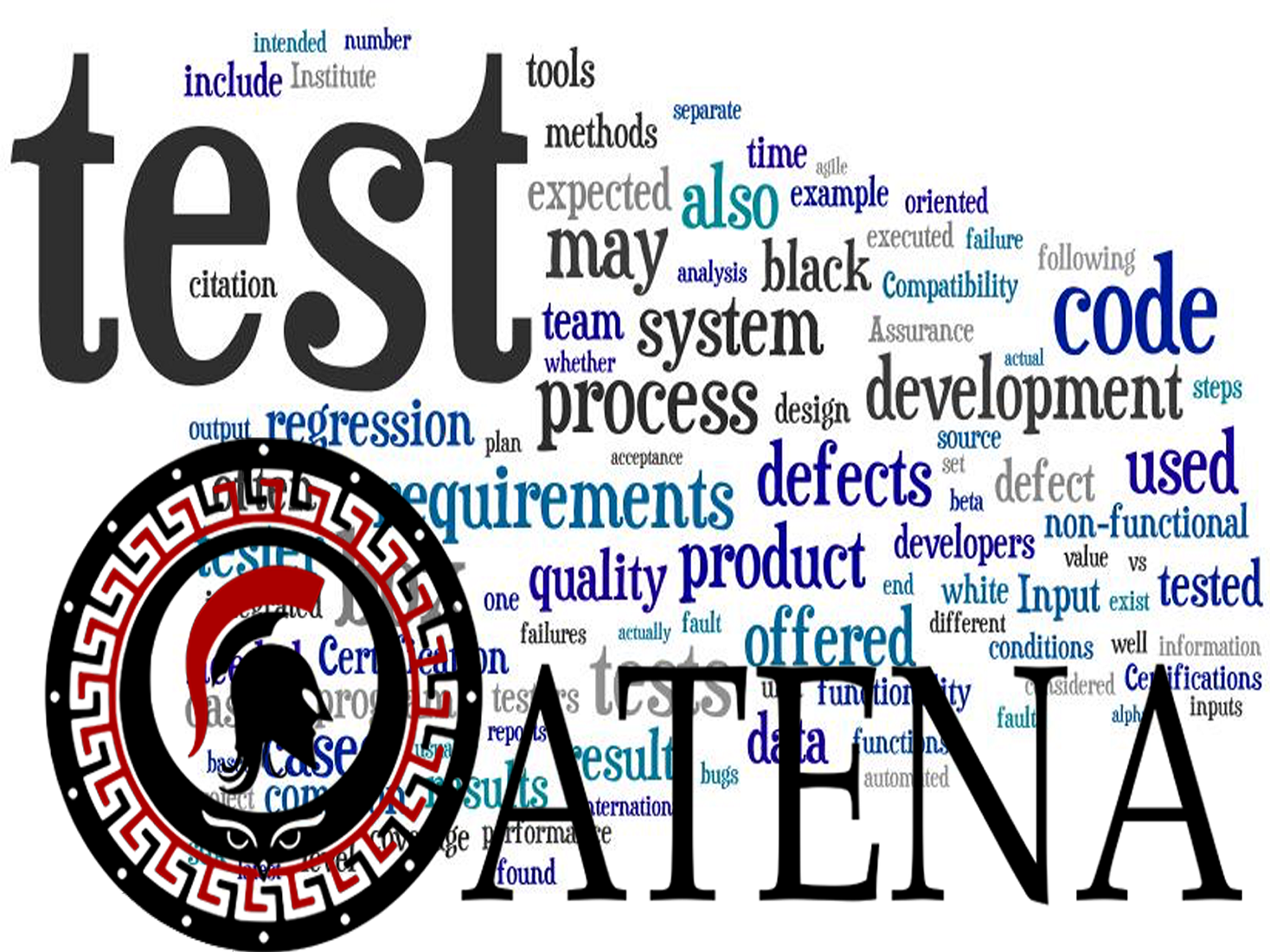ATENA, A PROJECT ON CYBER-SECURITY FOR CRITICAL INFRASTRUCTURES IS ALREADY IN ITS FINAL PHASE.
A research effort in the field of IACS (Industrial and Automation Control Systems), to protect interconnected critical infrastructures from cyber-attacks, has produced a suite of software tools which have been successfully validated in the laboratories of the end-users' partners. This effort has been developed in the frame of the ATENA project, which means "Advanced Tools to assess and mitigate the criticality of ICT compoNents and their dependencies over Critical Infrastructures" which is a Research and Innovation Action (RIA) under the umbrella of the Digital Security Focus Area of the current Horizon 2020 EU program. Having started in 2016 and coordinated by Leonardo (formerly Selex), a global high-tech company and one of the key players in Aerospace, Defence and Security headquartered in Italy, it targets cyber-security in the energy sector in terms of protecting critical infrastructures in the grid/electricity, oil & gas and water industries and operators. In a nutshell, ATENA consists of research addressed to exploit advanced features of software algorithms and components, bringing them at advanced maturity level through tailoring and validating the outcomes in selected use cases in real operational environments: electrical grid as well as oil & gas and water networks. The importance of protecting the energy sector from cyber-attacks is already well recognized. The fact that, for example, in the power plants and substations there is much equipment (power and energy meters, protective relays, switches and controls to name a few) that were designed in the past (the so-called operational technology), when the Internet of Things still had not entered into this area, are making them extremely vulnerable to cyber-attacks now, because these systems are open and increasingly interacting with external sources. And the prospects are increasing of attacks with increasing sophistication. Further, the interconnection of critical infrastructures in the energy sector is a factor which introduces even more vulnerabilities to cyber-attacks. Interconnection means being embedded in systems characterized by interdependencies and feedback loops: for example, gas pipelines and power grids are interconnected since gas pipelines deliver fuel to the generators that produce electricity (pipelines feed the power grid), and, vice versa (back again), the power grid delivers power to the different parts of the gas network, including compressors as well as control and storage systems. In this way, for example, the electricity grid can be shut down by a hazard in the gas pipeline such as a fire or a cyber-attack. More information about the project including published papers can be found at the project website www.atena-h2020.eu
Keywords
Cyber-security, Critical Infrastructures, Energy



